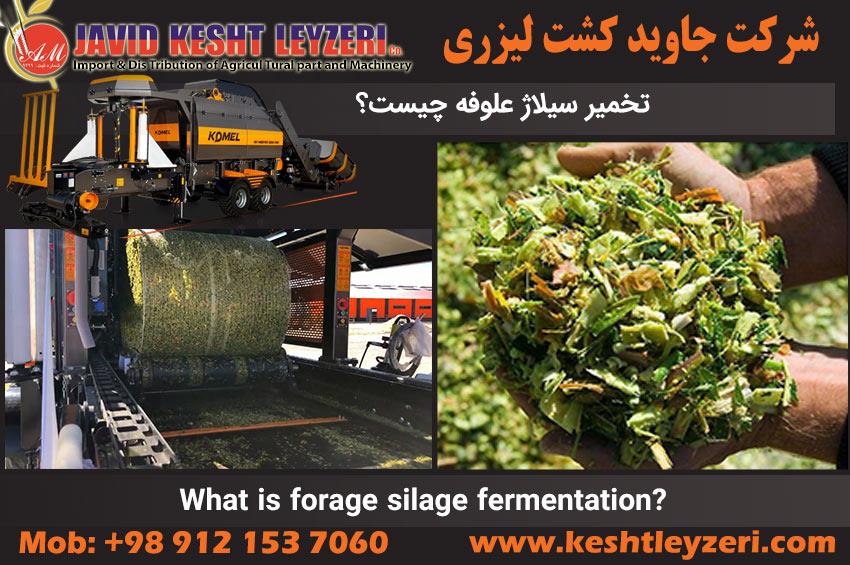- 11 Jul 2023
- 2064
Lactic acid, volatile fatty acids (VFA) and alcohol in silage fermentation process
Volatile fatty acids are the main products in the fermentation process of silage materials, some of them are harmful and some are useful. In general, the most important volatile fatty acids that influence the quality of a silage, which are reviewed in this section.
- 10 Jul 2023
- 1615
A review of silage quality and changes caused by the fermentation process in silage forage
The first step in investigating effective bacteria in the process of ensiling fodder and all types of agricultural residues is to know the origin of the bacteria. There are two types of bacteria in fodder.
- 05 Jul 2023
- 2057
What is forage silage fermentation?
For ensiling, it stores fresh or withered fodder for fermentation and souring in a place called silo. This place should be protected as much as possible against the entry of air and the exit of gases. The act of fermentation or souring makes fodder stable and prevents fodder spoilage.
- 04 Jul 2023
- 2187
What can be done if there is mold and yeast in corn silage?
The presence of silages that are not aerobically stable is one of the most common problems on dairy farms, even in the United States. Maize silage that has not yet reached aerobic stability has characteristics such as high temperature, mold growth and unpleasant smell and mustiness that can be seen in the front parts and upper surfaces of the silage that are used on a daily basis.
- 26 Jun 2023
- 2574
Characteristics of corn silage as the king of silage
In this article, the technical analysis, characteristics and process and stages of fodder silage fermentation are presented.





